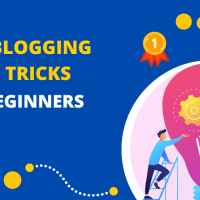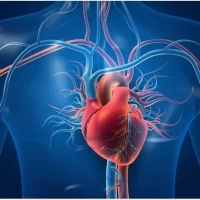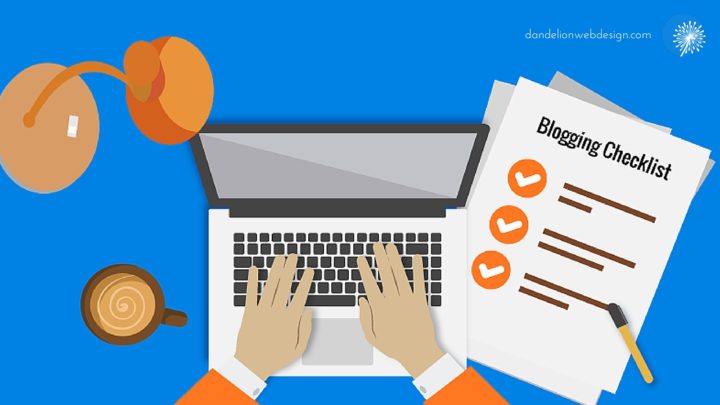Mindful Breathing Exercise
Practicing the technique of mindful breathing can have profound impacts on mental and physical wellbeing. The simple act of guiding one’s attention to the rhythm of one’s breath fosters a deep sense of calm and relaxation, efficiently mitigating stress levels. The beauty of this exercise lies in its simplicity and the fact that it can be practiced almost anywhere, without any special equipment or space requirement.
Filled with abundant benefits, the exercise paves towards mindfulness, effectively arouses one’s attention and awareness. Regular practice of this exercise not only strengthens lung capacity but also improves the ability to deal with distractions, thereby enhancing cognitive functionalities. So, take a moment to pause, breathe, observe, and let your breath anchor you to the present moment. It’s about rendering a gentle nudge to your brain to slow down and rest amidst the chaos of our bustling lives. Remember, it’s not about getting it right, it’s about engaging in the mere act of noticing.
Hand and Finger Coordination Exercise
One of the remarkable techniques to ameliorate the physical capabilities of one’s hands and fingers is through meticulously designed coordination exercises. These activities aim to enhance the independent motion of fingers which often translates to improved dexterity and better control in day-to-day activities that require intricate manipulation of fingers, such as typing, writing, or playing a musical instrument.
Not only do these exercises help to retain our finger mechanics, but they also contribute towards muscle memory. This is fundamental in enhancing the efficiency of actions performed frequently. The added advantage is the positive impact on the brain. Studies suggest that these exercises can stimulate areas within the brain and build up nerve connections, increasing the effectiveness of hand-brain interaction and results in a productive, skillful output.
Walnut Rolling Exercise
This engaging exercise requires you to place a small walnut on a table and use your fingertips to roll it around. It might appear simple, but it requires considerable focus and finger coordination. Regularly practicing this novel task can have surprising benefits, from improving your dexterity to developing your fine motor skills.
In addition to enhancing your physical abilities, the walnut rolling exercise also encourages mental growth. The constant shifting and turning of the walnut challenges your brain, forcing it to stay agile and flexible. Over time, this fun, unassuming activity can boost brain functions, making it an excellent tool for individuals keen on maintaining cognitive health while also sharpening hand-eye coordination.
Finger Flexibility and Memory Exercise
This exercise is particularly useful for those seeking improvement in finger agility and memory enhancement through physical activity. The process is deceptively simple yet profoundly impactful. It involves a rhythmic sequence of finger movements, which can be effortlessly performed while sitting or standing. Much like a cryptic dance routine, each finger is assigned a distinct movement and order. Participants repeat these sequences, integrating more complex patterns as their proficiency improves.
Simultaneously, the exercise demands mental focus to accurately recall the sequences, thereby engaging and enhancing the memory. Practitioners often report a tangible improvement in their cognitive reflexes and fine motor skills. Cumulatively, the exercise forms part of a holistic, physical approach to maintaining and improving cognitive health, encouraging the mind and body to work in unison. Despite its seeming simplicity, the compound, neuromotor effect on the brain’s functionality and health is far-reaching and long-lasting.
Hand Movement and Breathing Exercise
Integrating breathing techniques with hand movements offers a unique approach to mental clarity and overall wellness. The incorporation of both in a routine can effectively harmonize the body and mind. The hand movements are not just meaningless gestures, but a symbolic language of the human consciousness, brimming with profound meaning. Accompanied with conscious, controlled breathing, this exercise promotes optimum health, stress reduction, and mental acuity.
Utilizing precise synchronized hand movements and breathing techniques can improve the blood flow, leading to better oxygen supply to the brain. This in turn aids in cognitive functioning and memory retention. Furthermore, this exercise stimulates multiple areas of the brain, improving interconnectivity and promoting structural plasticity. Therefore, consistent practice and perfect repetition make this exercise a powerful tool for self-improvement and personal growth.
Finger Stretch and Flex Exercise
This therapeutic and toning exercise employs simple yet impactful motions. It aims to enhance the fluidity and flexibility of your hands and fingers, thus reducing the risk of carpal tunnel syndrome. The systematic stretching and flexing also play a pivotal role in improving blood circulation, which directly benefits your nerves and muscles. Consequently, increased agility and reduced stiffness are achieved, leading to better hand function and strength.
The exercise is easy and straightforward: you start by stretching out your fingers wide. Following this, slowly close them into a fist, holding the position for a couple of seconds before releasing. The stretching and flexing should be practiced repeatedly for best results. Not confined by equipment or space, this exercise can be incorporated into your everyday routine regardless of where you are or what you’re doing. Professionals who often use their hands, such as musicians and writers, might find this exercise particularly beneficial.
Writing with Non-Dominant Hand Exercise
The practice of utilizing your non-dominant hand is often overlooked, but the benefits it holds for brain activity are substantial. This exercise encourages you to write with the hand you are not accustomed to using for day-to-day activities like writing or eating. By doing this, you tap into the realms of your brain that are not frequently activated, and this, in turn, aids in improving brain function and strengthening neural connections.
The stimulation resulting from using your non-dominant hand for writing can lead to substantial cognitive benefits. Engaging in this exercise not only increases hand-eye coordination but also develops your observation skills and enhances focus. Researchers suggest that individuals who regularly participate in this activity show significant improvement in problem-solving skills and an increased ability to handle multiple tasks simultaneously. Overall, it holds promising benefits for individuals seeking to boost brain power and explore uncharted territories of their mind.
Benefits: Increased Blood Flow to the Brain
Engaging in physical exercises such as mindful breathing, hand and finger coordination, walnut rolling, and others not only improves our physical well being, but it also has a profound effect on our cognitive functions. Research has shown that these exercises stimulate an increase in blood flow to the brain. This increase carries with it more oxygen and nutrients, which are vital for the brain’s health and optimal functioning.
The benefits of increased blood circulation to the brain are vast, enhancing mental acuity and memory, and preventing age-related cognitive decline. Deeper breaths during mindful exercises help to induce relaxation, reducing stress levels and providing a sense of calmness. Additionally, the practice of writing with the non-dominant hand stimulates the growth of neurons in the brain thereby increasing mental capacity. This underscores the importance of such exercises in maintaining a robust and vibrant brain health.


























